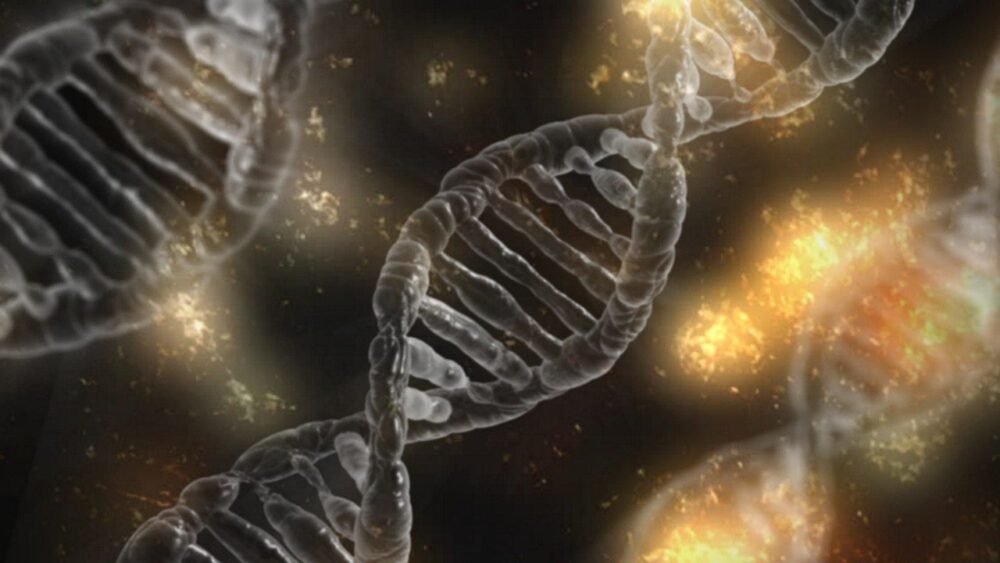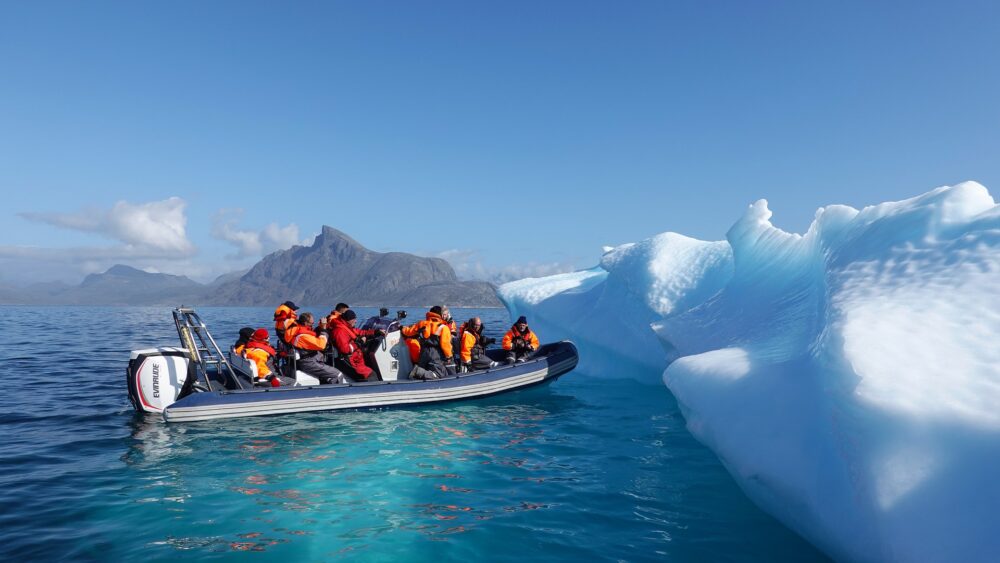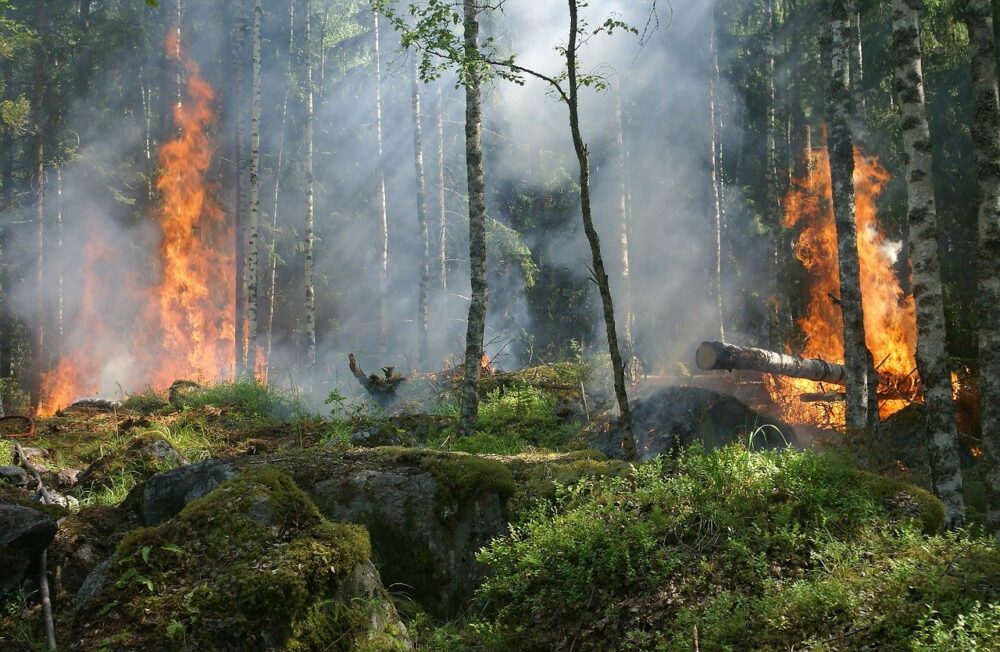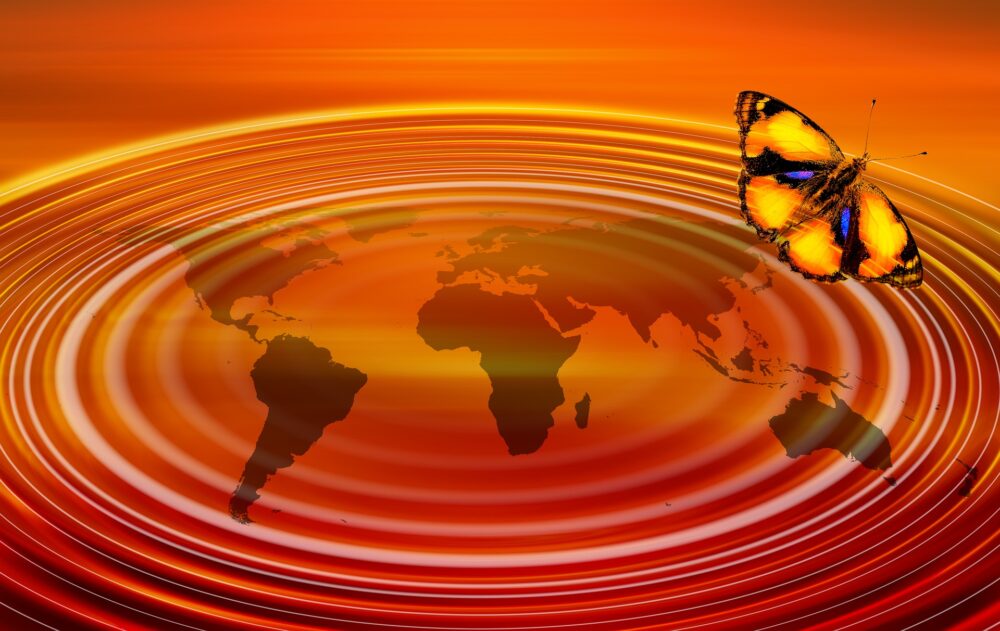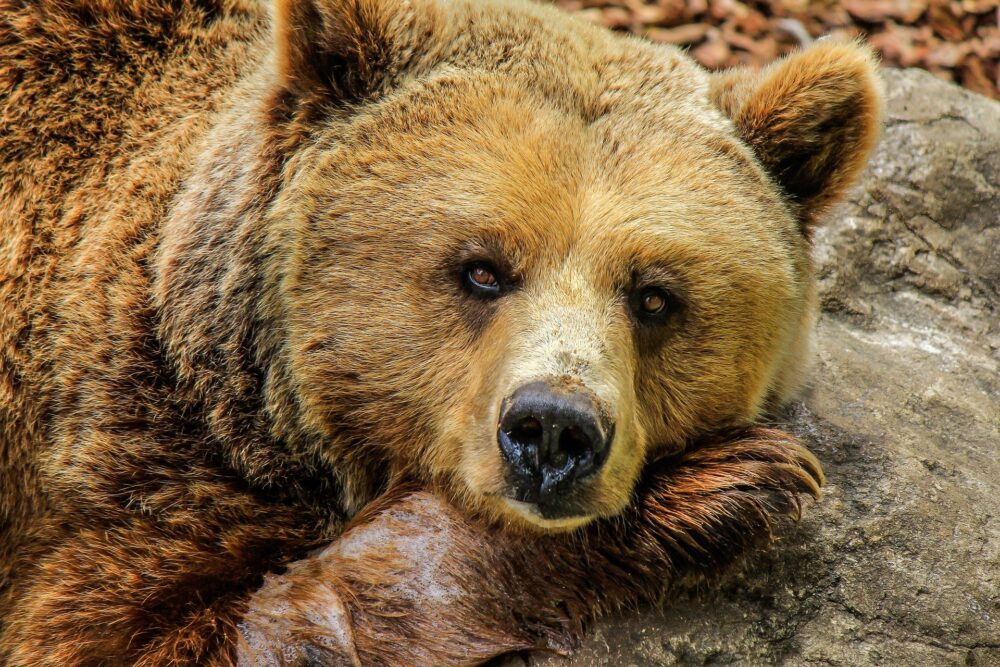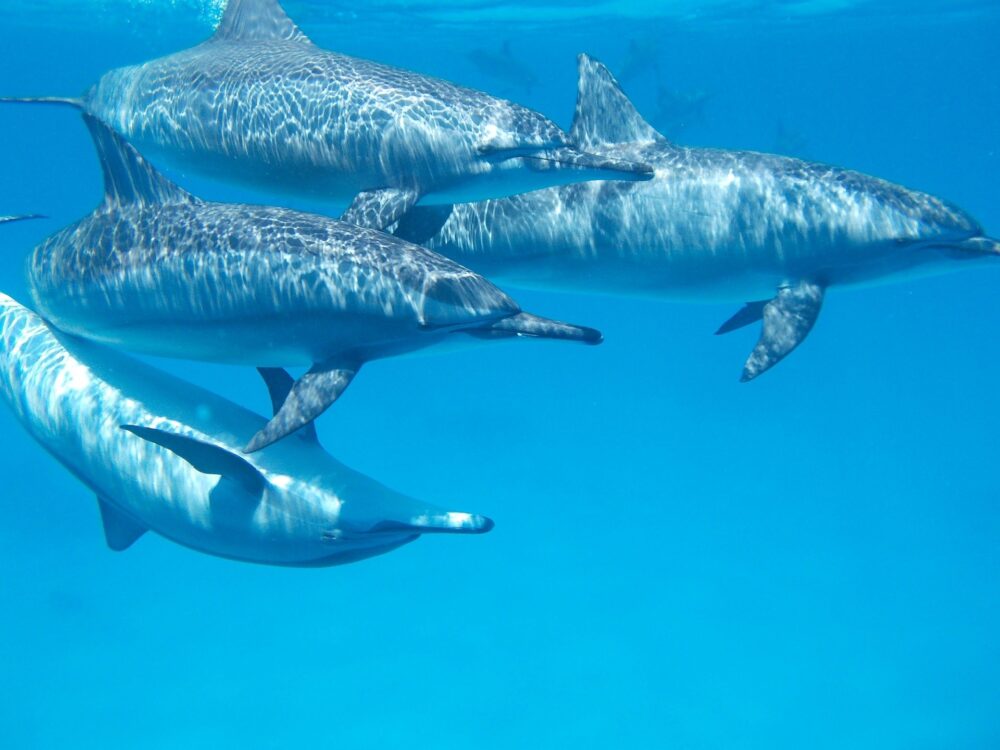The paradox of leukemia and cleanliness
For most of our lives, it has been engrained in us that illnesses are primarily caused by unhygienic environmental factors. However, in the case of leukemia, recent studies have shown that it may very well be the opposite. With an annual incidence in the United States of approximately 3,800 children per year, leukemia is the […]
The paradox of leukemia and cleanliness Read More »
